Syntagma Square of Athens
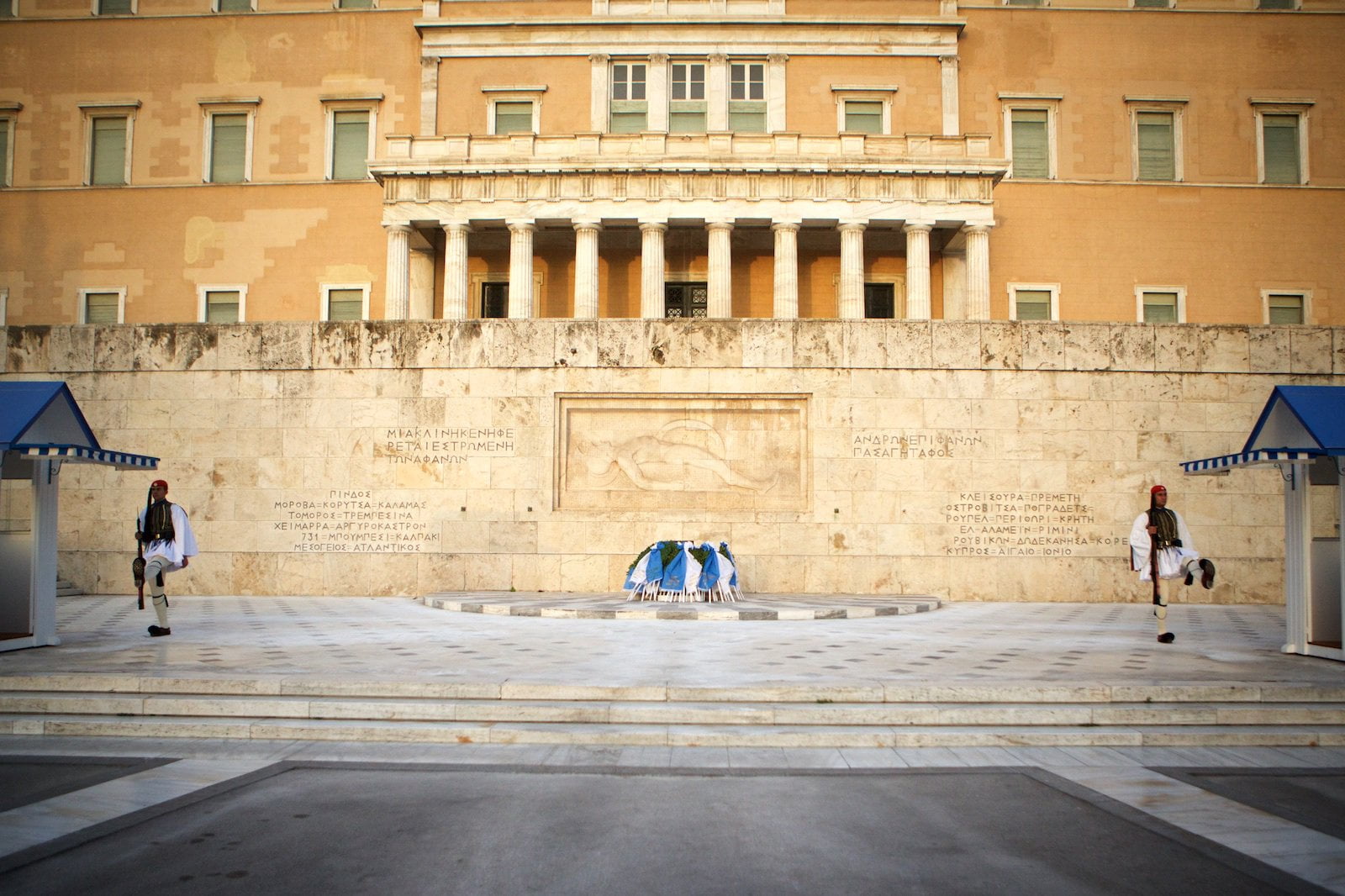
You have probably seen it on television, full of Protestants, but it is also used for festive ceremonies and all sorts of gatherings, as its history runs parallel to that of the Modern Greek State.
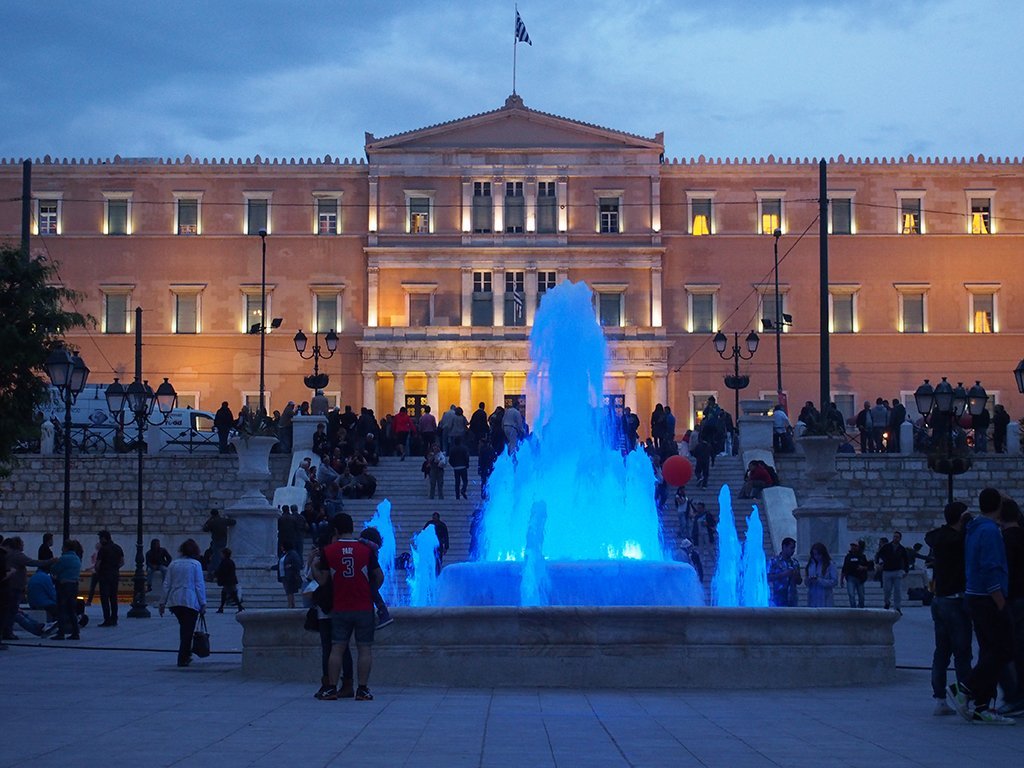
Syntagma Square Fountain Photo Credit: Dario Sušanj
Syntagma Square Architecture
Its design is quite open, with an interior space immersed with a 19th century fountain in the center. Some cypresses, oleanders and citrus trees, as well as a small number of statues and benches, are the only other ornamentation. The cafes and contemporary water fountains surrounding them complete the picture. The elevated perimeter is connected to the lower level central space by a wide marble staircase, which offers a splendid theatrical view of the Unknown Soldier monument and the Greek Parliament building behind it. In this way, the square’s elevated perimeter is full of people traveling, but the sunken center and its cafes offer a calmer and more tranquil environment. A stop here is ideal if you want to take a break while walking through all the hotels, shops, museums, ministries and sights around.
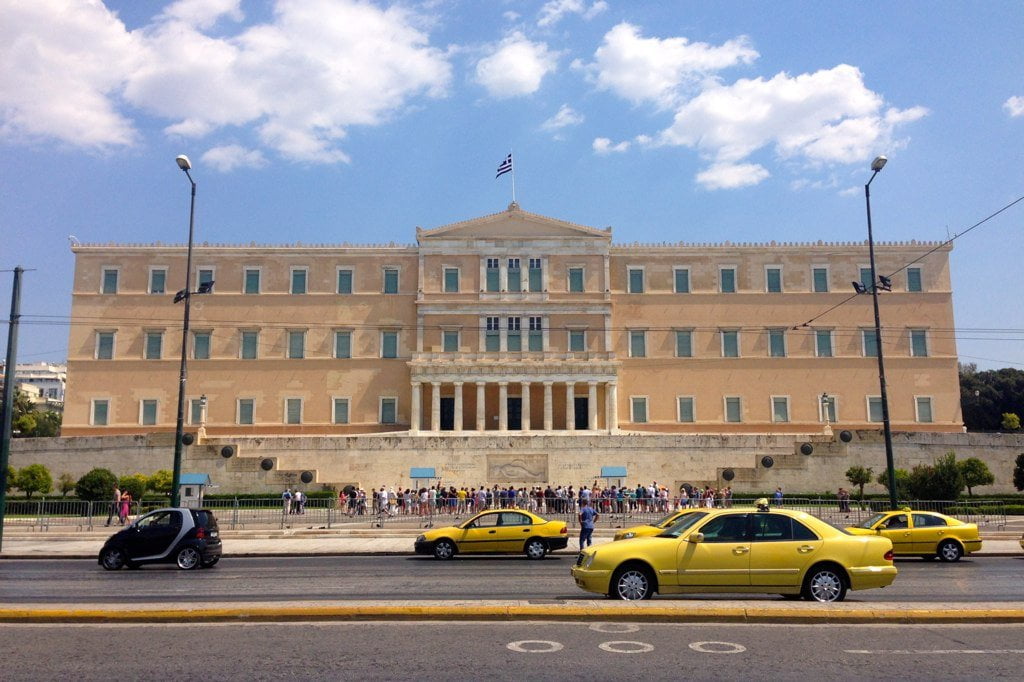
Syntagma Greek Parliament Photo Credit: deepstereo
Syntagma Square History
But it was not always so. When the country was released from Turkish rule, it was a place covered with gardens and outside the city limits. Then the 17-year-old Prince Otto of Bavaria was named king of the country and needed a palace. What is now the Greek Parliament – with its 365 halls and a single defective internal toilet – was built in 1843 as its palace and the empty space in front of it, including the Unknown Soldier monument, the avenue in front of it as well. how the whole square became … the garden of the house! You see, the king got a queen – called Amalia – and she began to noddge, the minute the place was ready, that it was dark and cold as a barracks. She has transformed the space into her own open garden, but soon enclosed it – you know how it is when unwanted commoners start stepping on your royal lawn. To make matters worse, she ordered the wagons to move around and used the water intended for the townspeople to water their gardens from the “Palace Square” as it was called at the time. The stringent economic measures her husband imposed to repay the 60 million franc loan that the revolutionary war had cost (yes, we know, just had a deja-vu economic crisis), only increased the general discontent of the population.
So on September 3rd of the same year, a huge crowd, along with the city’s military garrison, flooded the square and demanded that a constitution be written, signed, and respected by the king (yes, the French deja-vu revolution this time). The king agreed and since then the square is called “Syntagma”, which means “Constitution” in Greek.
Years later, the king was deposed and a new king came. The square was returned to the public, the palace became the parliament and many important historical events took place in this already historic square. Prime Minister Georgios Papandreou spoke to the ecstatic crowds celebrating the liberation of the Nazi occupation from a balcony in a nearby building. Civil war also debuted here when police opened fire on rooftop protesters in 1944. On second thought, the site could also be called “Protest Square” if it counts every time the Greeks gathered here trying to be heard. by people inside Parliament across the street, or “power plants” elsewhere.
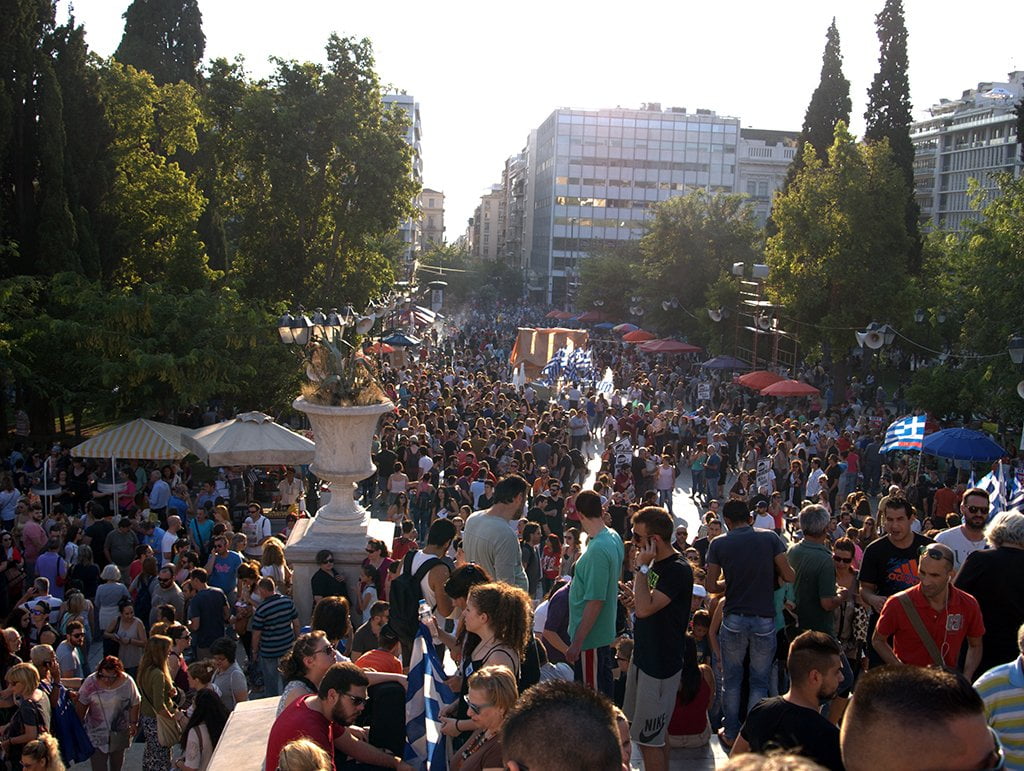
Syntagma Square Aganaktismenoi Photo Credit: linmtheu
Modern History of Syntagma Square
The square was transformed into a large campsite during the “Aganaktismenoi” demonstrations (after the “Outraged” movement in Spain in crisis) in 2011; he completes his own live concerts, art shows and open meetings, where everyone – from college professors to unemployed workers – has voiced his opinion about the crisis and what should be done. The whole movement reflected the sense of “democracy from the ground up” that permeated Greek society.
Needless to say, the square was destroyed several times to be rebuilt again. Only the flock of pigeons is a constant guarantor, as it gets bigger and bigger so that today its squads own the place. They have become one of the main attractions the square has to offer as people buy seeds to feed them, practically getting covered by them in the process.

Syntagma Square Evzones Photo Credit: Greece Insiders
Evzones and the Tomb of the Unknown Soldier
Another big draw is Evzones’ honorary corps, which changes guards every hour in a perfectly synchronized set of movements, wearing a strange uniform, including the traditional ‘foustanela’ skirt. On all national holidays (March 25 and October 28), or during visits by foreign heads of state, the program is significantly enhanced, with the routine at 11 am with 120 men dressed in their ceremonial uniforms.
Usefull Tips
Visitors to the square also enjoy free wi-fi – very useful for those who want to send their photos alongside an Evzonas at home – courtesy of the municipality of Athens.
Oh, and a tip from us: Numbering on every street in the city starts at the end of the street closest to Syntagma Square, with even numbers on the right side. Want to know more about Athens? Visit our Athens travel guide and find everything you need to know about the Great capital of Greece.
Feeling Ready?
From our blog

Visiting Athens with Kids: A helpful Guide
READ MORE
Paros for Seniors: Tips and Itinerary
READ MORE
Best Resorts in Greece for Families: Your Ultimate 2025 Guide
READ MORE
How to Enjoy Santorini for Seniors
READ MORE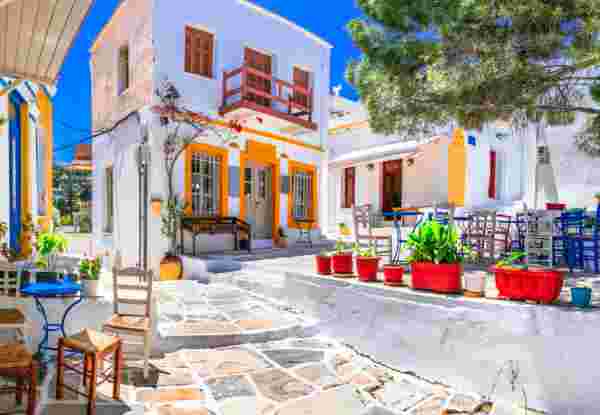
Honeymoon in Paros Island
READ MORE
Rome Travel Guide: What to Do, When to go and Where to Go
READ MORE
The Best Greek Islands for Couples, According to a Luxury DMC
READ MORE
Discover Milan: Top Attractions
READ MORE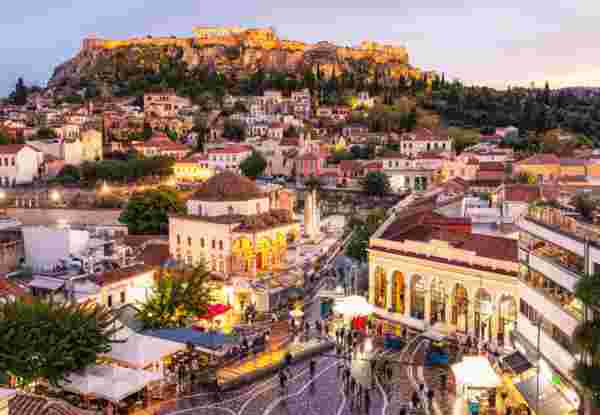
Athens in February Travel Guide
READ MORE



